Case-study Catchments
The Catchment Solutions Project has been working in community catchment groups to help identify critical contaminant flow pathways. The catchment groups are across the North Island and have been monitoring streams, collecting water samples and getting them tested with the help of the Catchment Solutions project.
Explore the case study catchments below to find out what each catchment group has learned about innovative edge-of-field mitigation technologies. Read how they are trialing practical installations such as bioreactors, Detainment Bunds PS120© and wetlands in their catchments to mitigate the effects of contaminants going into their waterways .
Rangitāne o Manawatū Case Study
The Catchment Solutions Project and Rangitāne o Manawatū are collaborating in a study of local water quality. Both groups have expertise and experience in the assessment of stream health, including large sampling programs. Each group takes a slightly different approach, particularly around the methods used to assess water quality. Whereas Rangitāne o Manawatū conduct Cultural Health Index Assessments (CHI), the Catchment Solutions Project submits water samples to the laboratory for analysis of a range of physiochemical properties. To date there have been few comparisons between these two approaches. Therefore, it was decided to develop a joint study to contrast these methods for assessing stream health.
This study has two phases. In an initial survey, the findings of CHI at 20 sites, which are spread throughout the Manawatū, will be compared with the physicochemical properties of water samples collected at these sites.

Haynes Creek Catchment
The Haynes Creek catchment is situated 15 minutes north of Fielding and is part of the wider Manawatu river catchment. The area is about 6800 hectares, and stretches from Cheltenham to Kimbolton.
Learn how the group have been monitoring water quality in the catchment and how they collaboratively decided to build a bioreactor to mitigate the effects of nitrate going into their waterways.
Mangaone Catchment
The East Mangaone catchment is located in the Tararua area, also part of the wider Manawatu River catchment.
Learn how the community have worked with the Catchment Solutions project to identify freshwater contaminants in their area and how they are trialing the first Detainment Bund PS120 ever contructed in the Lower North Island.
Lake Whatumā Catchment
Lake Whatumā is located in Central Hawkes Bay or Tamatea. It used to be the major source of food for the area.
Read how the restoration of the lake is being undertaken by the Whatumā Management Group (WMG) and what challenges they are facing to mitigate the effects of contaminants that have affected the lake.
Pōrangahau Maharakeke Sub-catchment
The Maharakeke Pōrangahau sub-catchment is located in Central Hawkes Bay.
Read how the sub-catchments community and farmers are working together in reducing nutrient losses and improving water quality outcomes in the catchment streams.
Waingongoro Catchment
The Waingongoro catchment is located on the eastern flanks of Taranaki Maunga, and travels down through native bush before entering the ring plain and travelling through farmland, pockets of native bush and urban communities before entering the sea at Ohawe west of Hawera.
Read how the community and farmers are working together in the catchment to improve water quality, and reduce nutrient losses.





